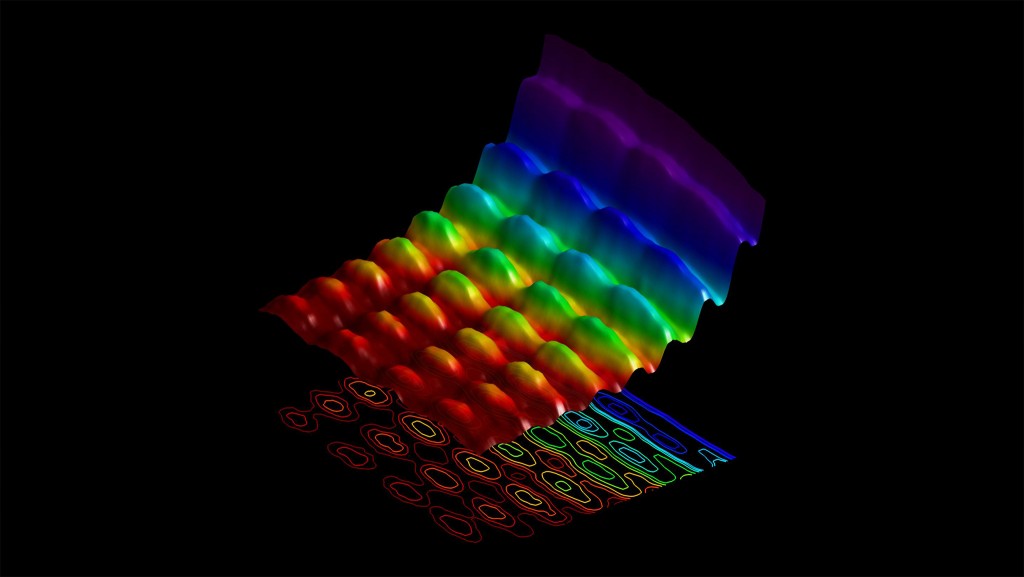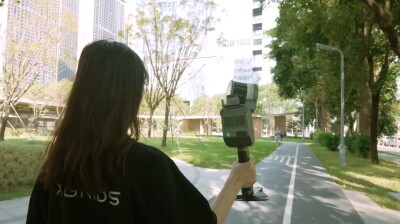It seems like every new company is competing to produce the perfect sensor for self-driving cars. In the early days, researchers at Google used the very same traditional LiDAR units preferred by elite surveying types. Now, traditional LiDAR is getting less expensive, and with solid-state LiDAR on the horizon, the sensors may end up costing far less than anyone expected. But Israeli start-up Oryx says they can offer a cheap sensor that’s even better than solid-state LiDAR.
Only recently out of “stealth,” the company has announced that they are honing a technology called coherent optical radar. IEEE describes it as splitting the difference between LiDAR and radar. It’s like LiDAR because it emits light, it’s like radar in that it receives the reflections as waves rather than particles.
Coherent optical radar technology doesn’t use mechanical mirrors or phased-array technology like traditional LiDAR, but it’s also not chip-based like solid-state LiDAR. Instead, it uses regular ol’ optics to direct the laser in a big swath. Then, it uses proprietary antennas to sense the light waves reflected from the source.
This approach makes the system small enough to be manufactured on a “thin-film chip.” Furthermore, says co-founder Rani Wellingstein, the approach makes the system a million times as sensitive as traditional LiDAR. In a Forbes article, the company claimed the technology would offer fifty times the performance of traditional LiDAR. What exactly they mean by these numbers remains to be seen, as does the actual resolution and field of view of the sensor.
What we do know is that treating light as a wave means that the sensor can detect Doppler shifts. IEEE explains that this means the sensor can determine the velocity of objects—a valuable data point for a car that’s autonomously driving a bunch of fragile people around.
As for range, the company promises it will be able to locate debris at 60 meters, pedestrians at 100, and motorcycles at 150. If they hit these goals, that will make them the class leader for autonomous-car sensor technology.
The company has not yet announced a price, or a release date, but has plans to prove out the technology over the next year or so. Once it’s on the market, Oryx’s technology could be a contender. However, as with every other technology we’ve heard about but haven’t seen in action, it might turn out to be nothing more than a nice idea.






